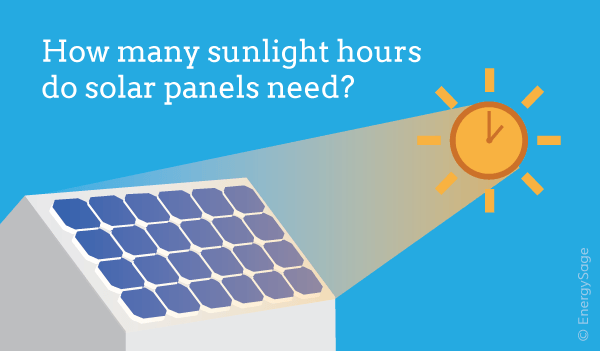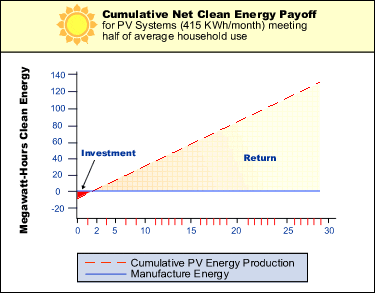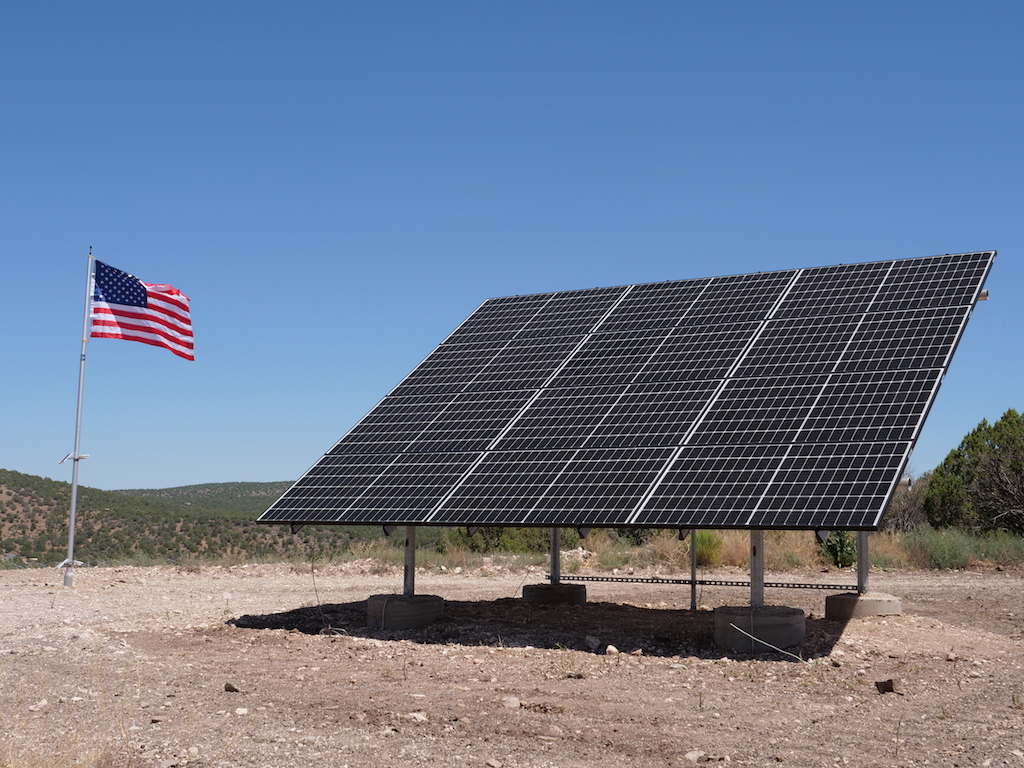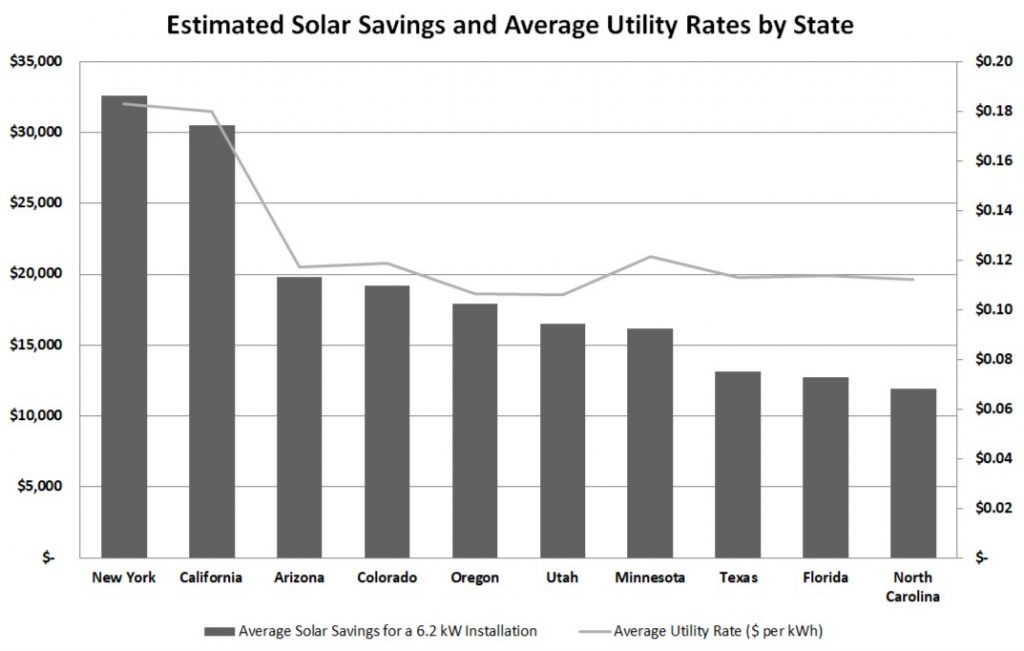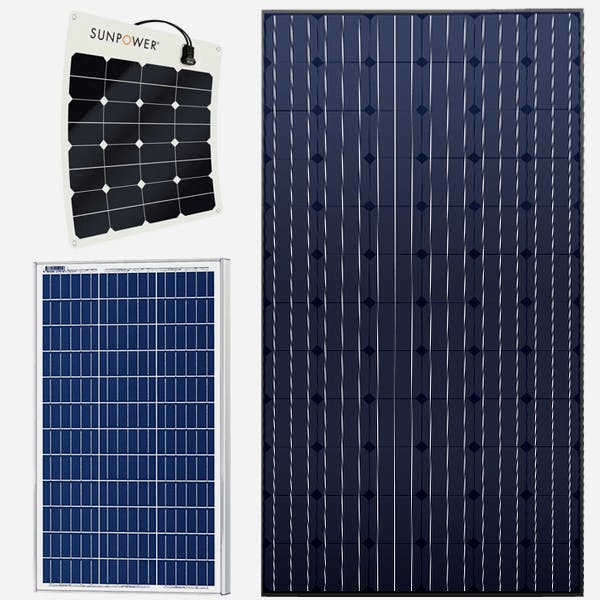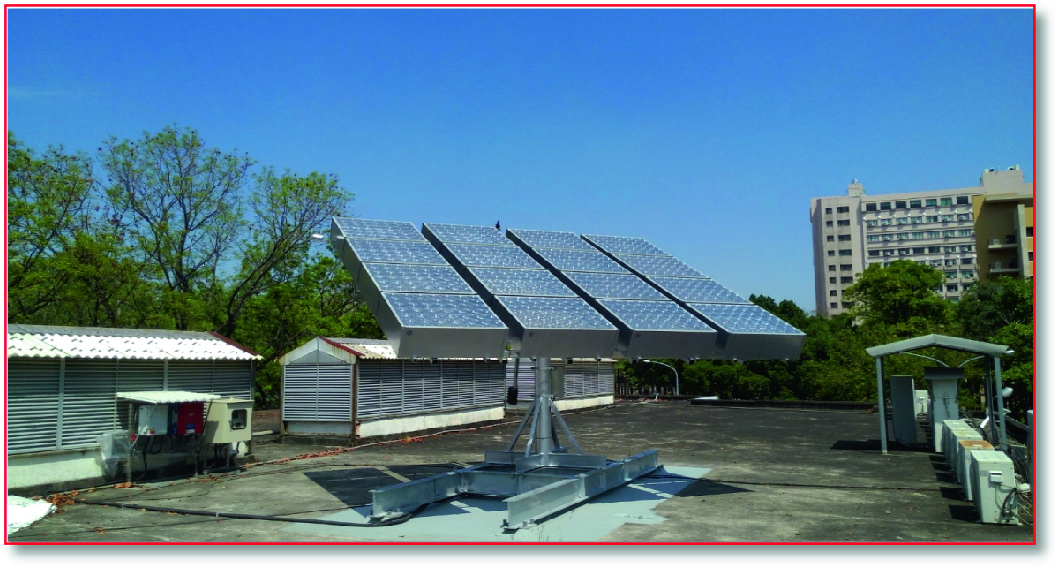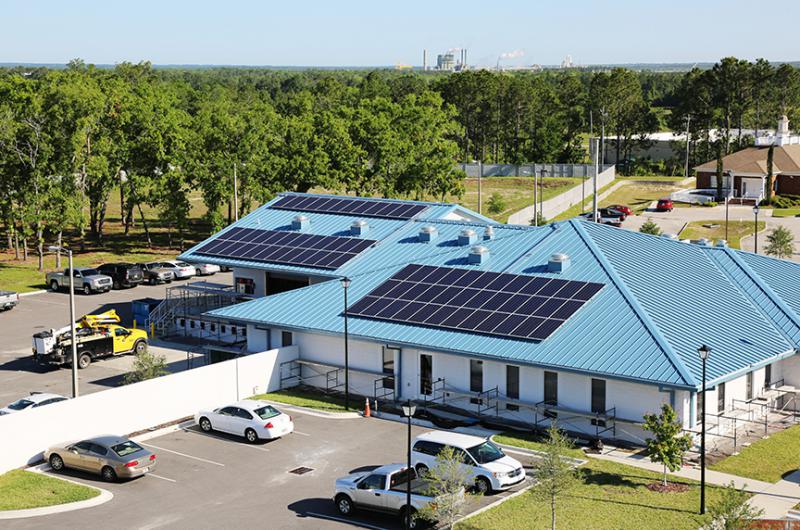Colorado Solar Panel Producion Ratio
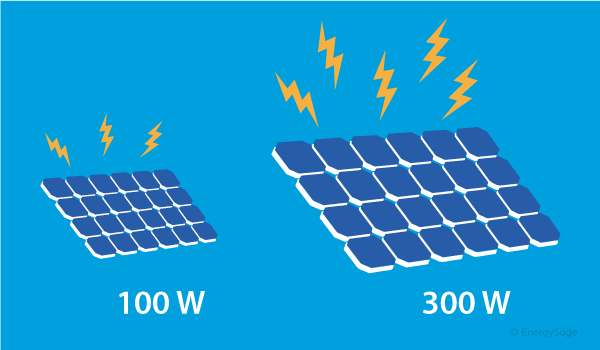
200 watt solar panels.
Colorado solar panel producion ratio. That s enough energy to power some small appliances without too much issue but if you want to cover the energy used by your property s climate control systems or large cooking appliances you ll need more solar panels. This page is a complete guide to the complicated and sometimes confusing process of installing solar panels on your colorado home. Since there s a lot to consider we ve separated the page into sections to help you find what you are looking for. Colorado is the top coalbed methane producing state and has nearly one fourth of the u s.
It probably comes as no surprise that california ranks first among states in generating electricity from solar power. Yet you can also find panels of 150 160 or 175 watts. If the panel ultimately creates more than 320w. Average kilo watt hour production examples for solar panel systems.
5 hours of sunlight per day on average. With most solar panel systems in the united states at least those with an adequate amount of sunshine your production estimate shouldn t be a 1 1 ratio. On average the state of colorado receives 4 87 daily peak sun hours. 50 watt 100 watt and 160 watt.
Economically recoverable coalbed methane reserves. Colorado s electricity from renewable sources has more than doubled since 2010 to 25 of net generation in 2019 led by increased wind and solar power. Small solar panels traditionally come in three common sizes. The size of the system 6 kilowatts or 6 000 watts represents the capacity of a system to produce power while kwh represents the energy output of a system over time.
A fixed tilt solar panel does not change angles to adjust with the sun so looking at the average peak sun hours using a fixed tilt panel can set a good baseline for calculations. Then why does the manufacturer say it is just a 320w panel. Most quotes give a production ratio anywhere between 1 4 to 1 7 so here is my confusion wouldn t a 7 7 5kwh system simply create 7 7 5kwh of electricity. Solar panels are made by joining a number of solar cells together in series.
10 solar panel system. The golden state generated more than 37 percent of the u s. No shading from trees. In the example above the solar panel is producing 1 5 kwh per day which ends up being about 45 kwh per month.
Generally speaking residential solar panels available in 2020 will either fall in the range of 260 330 watts and will contain 60 solar cells joined together or they will fall into the range of 360 400 watts and comprise 72 cells joined together.
